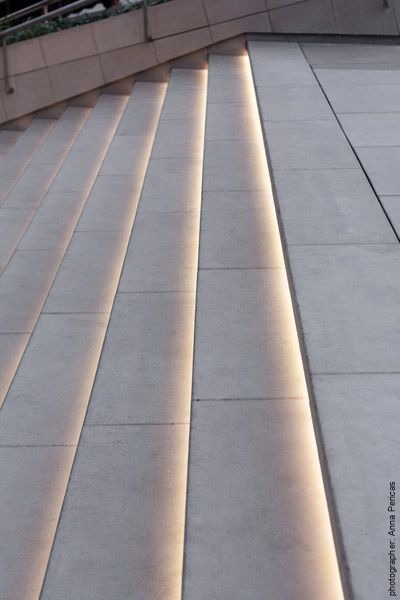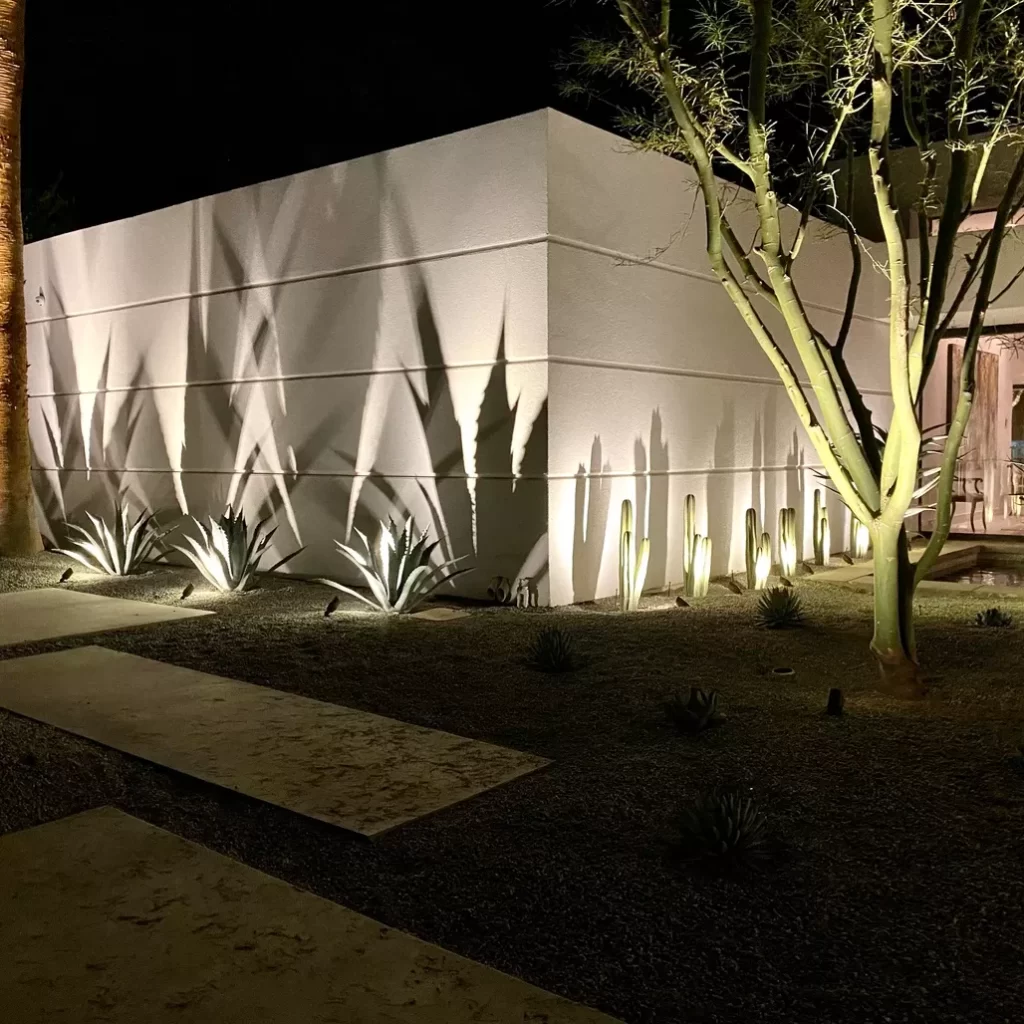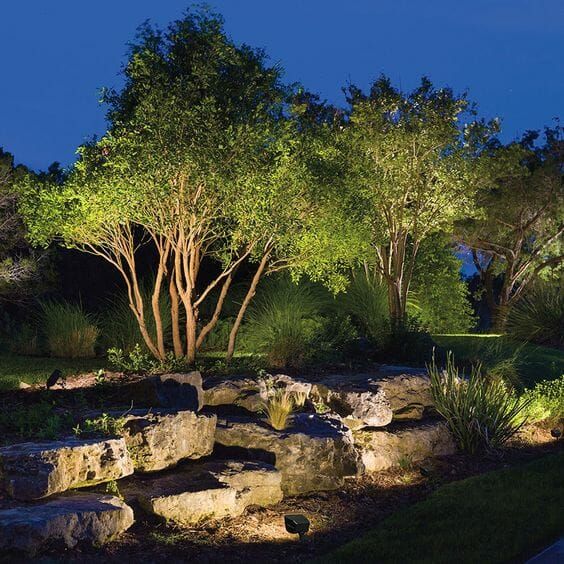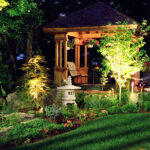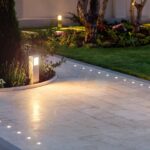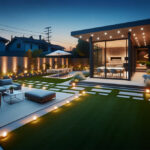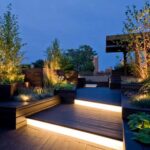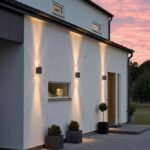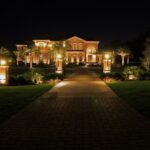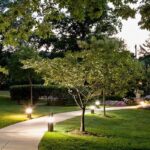Landscape lighting design is an essential aspect of outdoor spaces that often goes overlooked. Properly designed lighting can enhance the beauty of a landscape, provide safety and security, and extend the use of outdoor areas well into the evening hours. When done correctly, landscape lighting can create a magical atmosphere that transforms a yard into a stunning outdoor oasis.
One of the key principles of landscape lighting design is to focus on creating layers of light. This means using a combination of different types of lighting, such as spotlights, path lights, and accent lights, to highlight different features of the landscape. By layering light, you can create depth and dimension in the outdoor space, making it more visually appealing and inviting.
Another important consideration in landscape lighting design is to pay attention to the natural features of the landscape. By highlighting trees, shrubs, and other plantings with well-placed lights, you can create a dramatic effect that showcases the beauty of the foliage. In addition, lighting pathways and other hardscape elements can guide visitors through the space and create a sense of flow and cohesion.
When designing a landscape lighting plan, it is also important to think about the function of each area. For example, lighting around a seating area should be softer and more inviting, while lighting around a driveway or entrance should be brighter and more functional. By considering the specific uses of each area, you can create a lighting design that is both practical and aesthetically pleasing.
In addition to function, it is important to consider the overall ambiance you want to create with your landscape lighting design. Whether you prefer a soft, romantic glow or a more dramatic and theatrical effect, the type and placement of lighting can help you achieve your desired atmosphere. By experimenting with different light fixtures, bulbs, and angles, you can create a customized lighting design that reflects your personal style and enhances the overall look of your outdoor space.
Finally, when designing landscape lighting, it is crucial to consider energy efficiency and sustainability. By choosing LED fixtures, solar-powered lights, and other energy-saving options, you can reduce your energy consumption and minimize your impact on the environment. Additionally, using timers, motion sensors, and other smart lighting technology can help you save even more energy and make your landscape lighting design more environmentally friendly. With a well-planned and thoughtfully executed lighting design, you can transform your outdoor space into a stunning and functional extension of your home.
